Coloring Mandalas for Adults—Top Tips to Free Your Creativity
Posted by ColorIt Support on
Most people dismiss coloring as a mere hobby--a fun pastime for kids and the kids at heart.
But what if we tell you that coloring isn’t just for killing time nor is it only for kids? That sitting down with colored pencils in hand and losing yourself in the patterns of mandalas, in particular, bring immense benefits to adults!
That’s right--coloring those intricate figures composed of many concentric circles and other shapes are especially helpful in calming your mind and freeing your creativity.
If you want to reap the positive benefits of coloring mandalas, then you’ve come to the right place. We’ve got some useful tips and tricks on how to color mandalas, so read on!
First things first, what is a mandala?
Mandalas are far more than just geometric patterns or shapes to color in.
With roots in Hinduism and Buddhism, mandalas have served as a sacred symbol for centuries and represent wholeness, harmony, and the infinite nature of the universe. In fact, the word mandala is Sanskrit for “circle.”
Mandalas are not exclusive to any religion or culture, though. Other cultures and religions also have symbols or images that are evocative of mandalas. Consider the dream catchers of Native Americans, and the Celtic cross and circular stained glass windows of Christians. They all have circular designs with repeating shapes and patterns that radiate from the center.
What are the benefits of coloring mandalas?
Because coloring mandalas require intense focus and stillness, mandalas are often used as part of art therapy, pain management and stress relief, and even in meditation.
- Mandalas in art therapy - In the early 1900s, Carl Jung, one of the most prominent psychoanalysts in history, explored the psychological effects of mandalas and incorporated them in therapy. He believed that the mandala represented the whole self, and that creating one enable patients to unlock their unconscious thoughts, dreams, and desires. Thus, helping to resolve past trauma and current conflicts.
- Mandalas for pain management and stress relief - Mandalas also have healing effects for people, especially those suffering from conditions such as PTSD and dementia, as well as stress and fatigue. When we color complex geometric forms, our brain’s left and right hemispheres get activated. The left brain zooms in on the details of the patterns, while the right brain accesses the inner self and core desires, and translates them on the page through creative self-expression.
- Mandalas as meditation practice - When we think about meditation, the first thing that comes to mind is sitting motionless in complete silence or darkness. But practicing meditation can also involve movement. Some examples include tai chi, aikido, yoga, and yes, even coloring. Coloring mandalas helps us achieve a meditative state as we learn to suspend the inner dialogue and focus on being present, as we fill each pattern, each layer with color.
How to color a mandala
Now that we know more about mandalas, let’s get to the fun part--coloring one!
The most important rule to follow when coloring a mandala is that...there is no right or wrong way to color one! But there are some tips and techniques you can use to come up with a beautiful and very satisfying end result.
-
Choose your colors
It all starts with picking a color scheme and sticking to it. You may be tempted to be spontaneous and grab as many colors as you like. But the thing is, less really is more and limiting your colors can make your mandala more balanced and symmetrical.
If you’re having a hard time deciding on a palette, here are a few ideas:
Know your color theory - To build a beautiful color palette, it pays to go back to basics-- checking out the color wheel. The color wheel makes it easy to know the relationships between colors by dividing the spectrum into three sections: primary colors, secondary colors, tertiary colors. If you want to learn the basics of color theory, here's a great article to get you started.
Use a color palette generator - Still not sure how to pick the right colors? There’s an app for that! There are tons of tools you can use to help narrow your choices down. You can check out Pinterest or color palette generators such as Coolors.co, Colrd.com, and Colourlovers.com to help you pick beautiful color combinations.
Turn to nature - When all else fails, turn to nature! Nature always gives us the best color schemes--all you have to do is get out there and take note. You can take a walk through your neighborhood and observe the colors you see. You can also pick a bouquet of fresh flowers and use it as your color inspiration.
-
Color from the inside out
There are different approaches to coloring mandalas. But some colorists believe that mandalas, just like challenges, are best tackled when you go directly to the “heart of the matter.” This means coloring the center of the mandala first before working your way out. With this method, the beauty of the mandala easily shines as you begin from the epicenter, letting it grow outwards.
-
Color from the outside in
You can also try coloring from the outside to the inside, not just for creative purposes but also for your meditation practice. Coloring a mandala from the outside inward is like gradually peeling each layer of external thought or worry about yourself or the outside world, and focusing on being present and grounded in the current moment.
-
Color by sections
Another approach to coloring mandalas is working by sections. Since a mandala usually has four, six, or eight symmetrical sections, you can fill each section with different colors. Try experimenting with a variety of possible color combinations to see which works best for you.
-
Don’t fear white
Many assume that you need to color in all the details of the mandala to complete it. The thing is, you don’t have to fill all the white spaces with color! Leaving some areas out is perfectly fine and makes the mandala more open, free.
-
Try out different coloring tools
No one rule says you can only use a specific coloring tool for your mandala! Gel pens, colored pencils, watercolor brush pens, and markers can all be used for coloring. But because most mandala designs are very detailed and intricate, many colorists swear by gel pens and colored pencils since they have very fine points.
-
Let your instincts guide you
Sometimes all it takes is to pick just one color, and the rest will follow. So start and color with what inspires you.
Final Thoughts
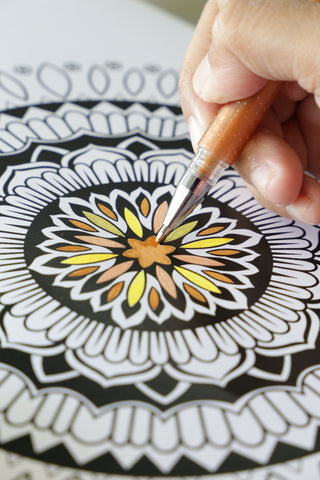
Coloring mandalas is one of the best ways to slow down, savor life and all its complexities, and explore your inner self through art. It’s important to remember that like any type of art, coloring a mandala is, ultimately, more about the process and the insights we gain while doing it, not necessarily the outcome.
So don’t fret about not being able to create a grand piece of art yet! Each of us will eventually realize our creative potential in our own time and pace.
So what are you waiting for? Break out your favorite coloring tools, and may the magic of the mandala be with you!
What’s your favorite technique for coloring mandalas? We’d love to hear from you! Drop a comment below.
Share this post
- 2 comments
- Tags: adult coloring, coloring mandalas, coloring mandalas for adults, coloring tips, mandalas
2 comments

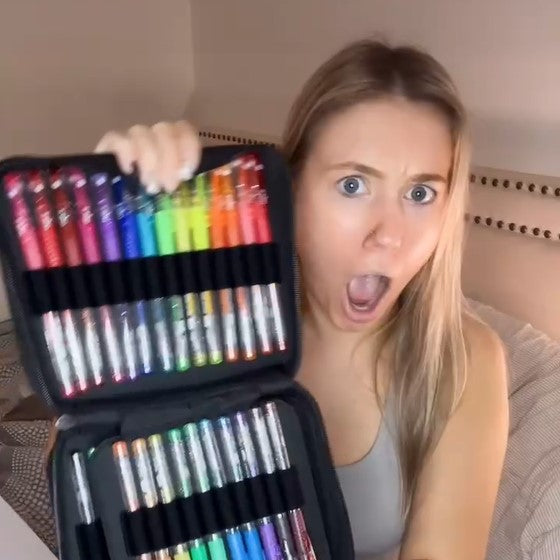
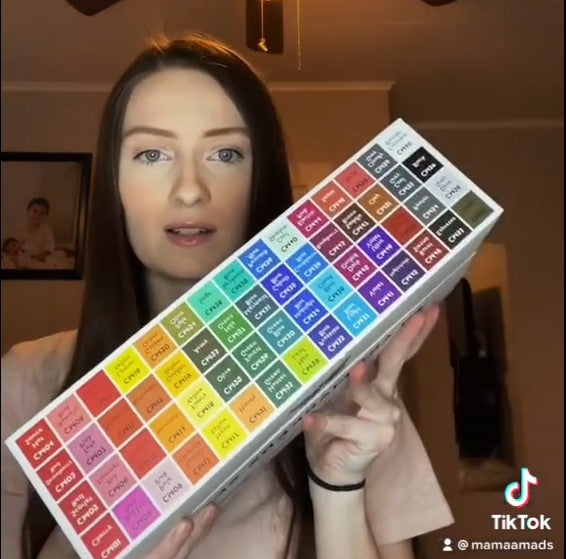
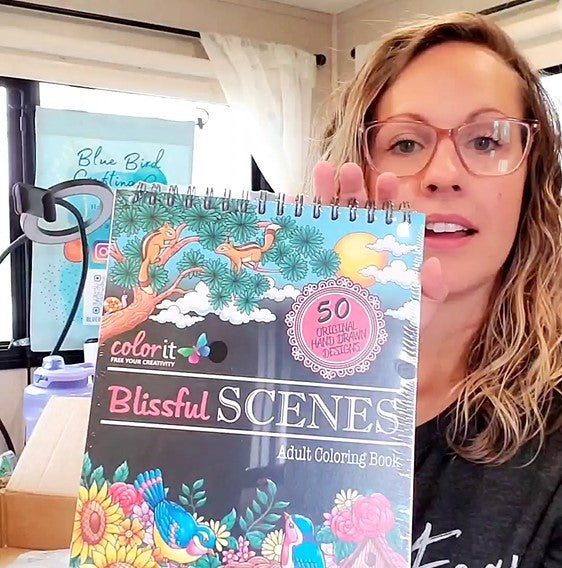
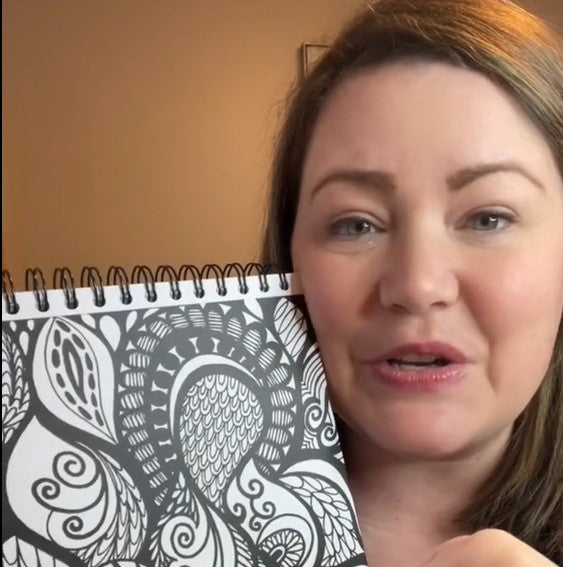



Love the Mandella books….please do another one soon. I have all your books except one. I color a page in one book and then rotate to the next book so I am not always coloring the same type of picture. Color every night after work…..but really want more mandalas.
This video was very helpful to me as I always have trouble deciding on a color palette.
Thanks,
Diane